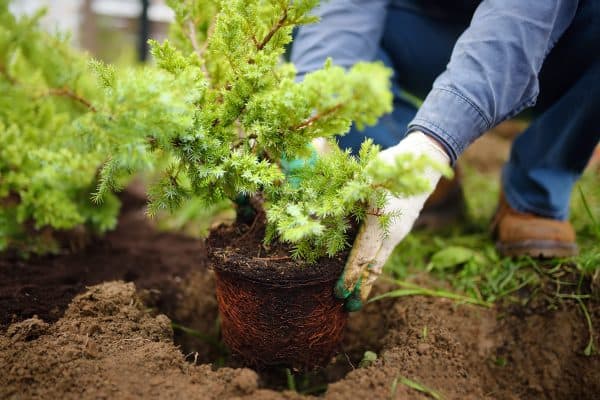Kentucky bluegrass is widely regarded as the perfect grass for lawns. This grass makes a thick, leafy, long-lasting lawn when provided with the appropriate growth care and conditions. One question is how often you water it and what time of the day. To help you find out the answer, we conducted thorough research.
Immediately after sowing, water your grass for five to 10 minutes. This makes the Kentucky bluegrass seed moist. For optimal results, irrigate your Kentucky bluegrass seed twice daily, preferably in the morning and in the afternoon, for 10-15 minutes each time. A usual Kentucky bluegrass needs at least 1-inch of water per week.
To maintain this grass at its finest, you will have to exert a fair amount of work, but the benefits can be worthwhile. Kentucky bluegrass can be the best option for you, depending on your lawn upkeep objectives and grass-growing area. Please keep reading to understand Kentucky bluegrass better and make the most out of it.
![Kentucky Bluegrass, How Often To Water Kentucky Bluegrass [And What Time Of Day]](https://landscapingbase.com/wp-content/uploads/2022/07/How-Often-To-Water-Kentucky-Bluegrass-And-What-Time-Of-Day.png)
How Frequently Should You Water Kentucky Bluegrass
Kentucky bluegrass prefers moisture, so providing it with approximately 1-inch of water per week is preferable throughout the year. During summer months, you can increase watering to 2 inches; although, this grass is drought resistant, increased watering will aid its health.
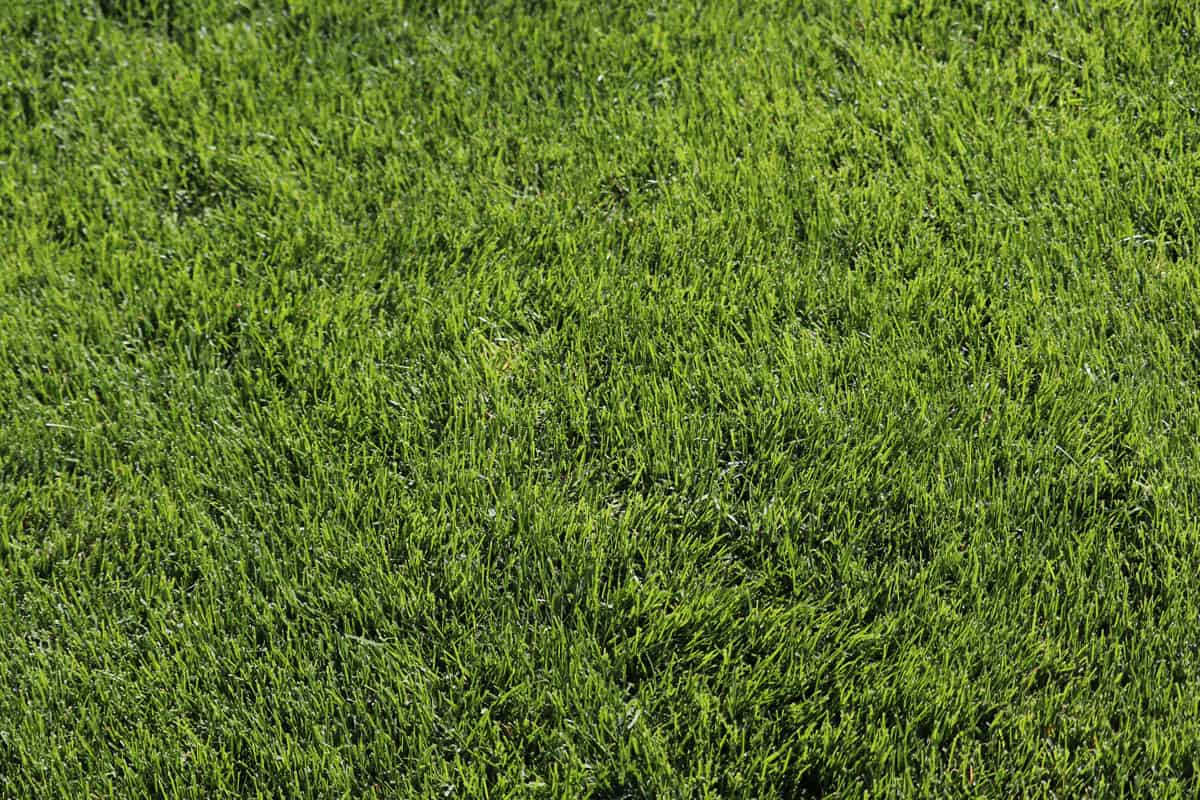
Consider the following factors when choosing the best irrigation plan for an established lawn:
- microclimates
- turf species
- type of soil
- cutting heights
- potential disease
- insect issues
- local weather patterns
how often should you water Kentucky bluegrass in the summer
Moisten your lawn twice a week during summer or water it as frequently as required in between downpours. Water solely the ends every two weeks and give the bluegrass adequate shade and irrigation to go inactive during extreme temperatures exceeding 85 degrees Fahrenheit.
Mix in different heat-tolerant grasses in addition to Kentucky bluegrass to keep the lawn looking healthy during hot spells.
How frequently should you water Kentucky bluegrass seed
We suggest you start irrigating the grass seed more frequently as soon as it starts to sprout. Towards the end of the growing season, it would be best to slowly decrease the frequency of saturating to a long soak of about 40 minutes every other day and then decrease to two to three days a week.
Is Kentucky bluegrass seed water-thirsty?
Kentucky bluegrass is famous for its extreme desire for water, perhaps even more so compared to other types of grass seed. Consider some of these facts:
- In the summer, the majority of lawns need between 1 and 1.5 inches of water every week
- Kentucky bluegrass needs at least 2.5 inches or more every week
A Short Summary Of Kentucky Bluegrass
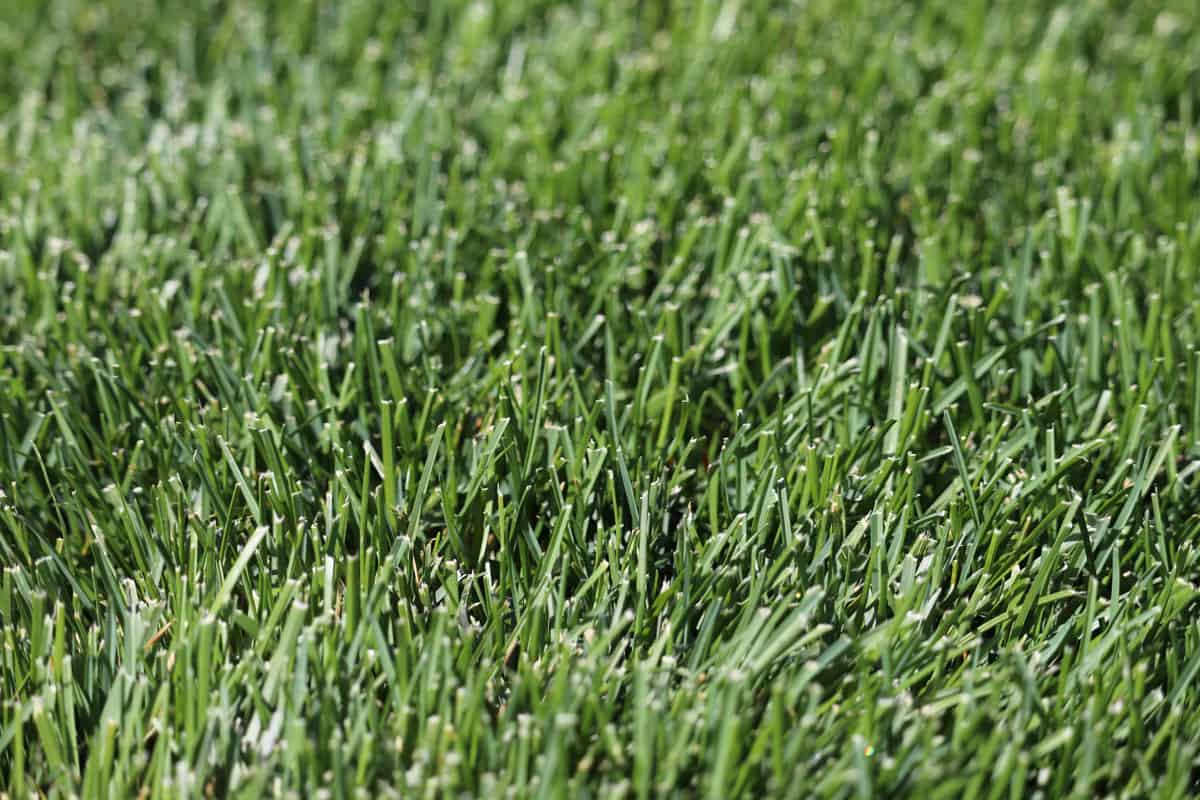
Kentucky bluegrass is/has:
- One of the best lawn grass for the cool months
- Some types are heat- and drought-sensitive
- Restricted tolerance for shade
- The ability to mend itself
- Some sorts are susceptible to damage from stress
- Suitable for lawns from coast to coast throughout the northern regions
- Excellent protection to the cold weather of winter
- Some of them are vulnerable to high temperatures and dry conditions.
- Tolerance restricted for areas of shadow
Kentucky Bluegrass Lawn Maintenance Schedule
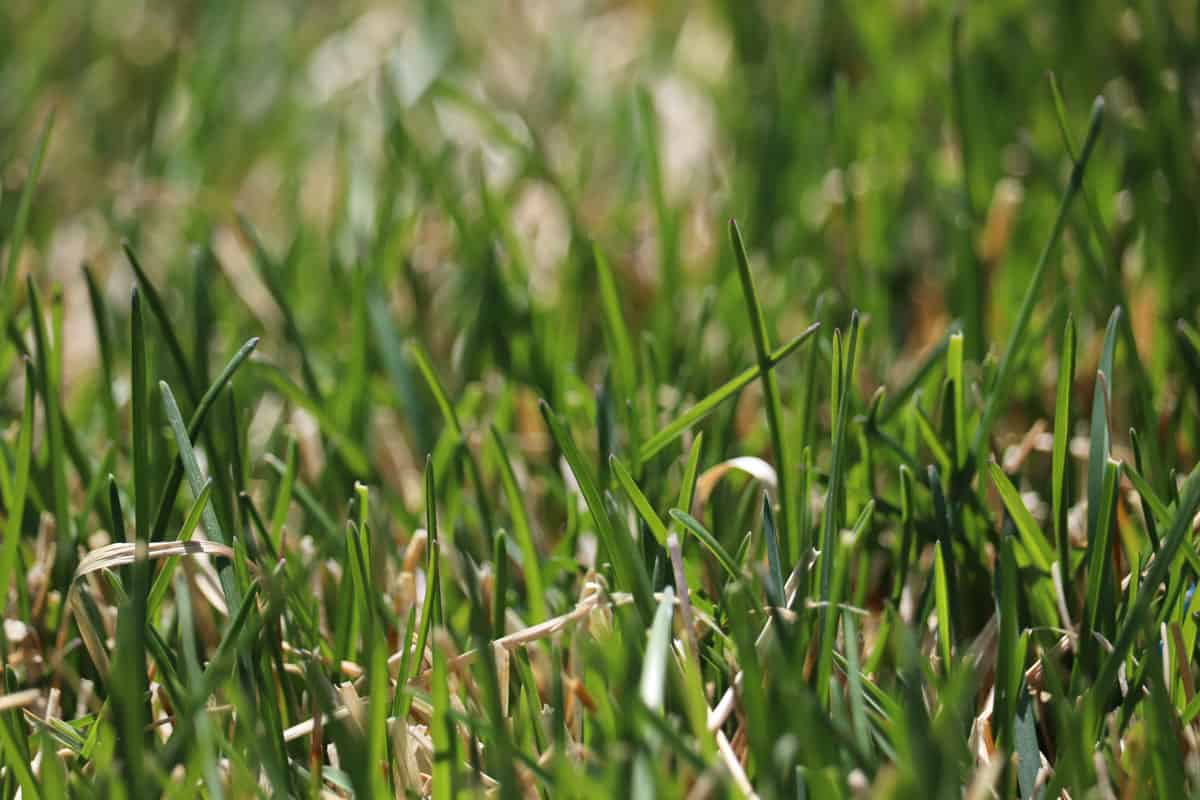
Early fall is the ideal period for planting Kentucky bluegrass and doing extensive lawn upkeep because this is when its growth is at its peak. Kentucky bluegrass germination, establishment, and repair are at their most favorable time during this season.
Plan your lawn care duties to coincide with your Kentucky bluegrass' yearly cycles to maintain its utmost aesthetic appeal and functionality.
The northern regions, where Kentucky bluegrass is most successful in growing, frequently have predictable weather. Your lawn can serve as a guide when the winter season approaches and departs each year.
Fall chores start sooner in the north where you dwell. If you're uncertain about the expected frost dates in your region, ask your county extension agent. If you want a stunning, lush lawn, we highly suggest you stick to this Kentucky bluegrass lawn care schedule.
From March To May
Mowing
When your Kentucky bluegrass lawn first begins to grow, begin cutting it. In the cold springtime, it would be best to trim it between 2 to 2-1/2 inches in height.
Additionally, the Kentucky bluegrass lawns frequently get snow mold. To prevent winter-related grass disease, we suggest you bag the initial cuttings of the season.
Fertilization and Getting Rid of Weeds
To fertilize and prevent weeds from emerging in your Kentucky bluegrass, we suggest you utilize Pennington UltraGreen Grass Fertilizer 30-0-4.
When the soil temperature reaches 55 degrees Fahrenheit, crabgrass begins to germinate, so utilize this fertilizer before it does. After seeding, wait at least 60 days before curing regions that have been seeded or overseeded.
Check out this Pennington UltraGreen Grass Fertilizer 30-0-4 on Amazon.
Seeding and Overseeding
A soil temperature of 60 degrees Fahrenheit is ideal for Kentucky bluegrass germination. That typically translates to daily air temperatures between 60 and 75 degrees Fahrenheit.
If you want to encourage greener grass, we recommend using Pennington Smart Seed Northeast Grass Seed and Fertilizer Mix.
Check out this Pennington Smart Seed and Fertilizer Mix on Amazon.
Bare Spot Repair
You can use Pennington One Step Complete Sun & Shade to treat brown and barren patches in your Kentucky Bluegrass lawn. Under ideal growing requirements, this solution can fill bare patches in as little as two weeks.
Check out this Pennington One Step Complete Sun & Shade on Amazon.
Watering
It is essential to use water wisely if Kentucky bluegrass lawns are to survive. In normal conditions, a usual Kentucky bluegrass lawn will require an inch of water each week.
From June To August
Mowing
You should raise the cutting height of your Kentucky bluegrass to 3 to 4 inches during intense heat and little precipitation. Never mow with more than one-third of the blade removed.
Fertilization
Tall fescue grasses often need less fertilizer than Kentucky bluegrass lawns do. It would be best to utilize Pennington UltraGreen Grass Fertilizer 30-0-4 to fertilize your lawn during the summer. The additional iron in this mix aids in preserving the Kentucky bluegrass' stunning emerald hue.
Watering
Kentucky bluegrass may require over 2 inches of water each week to stay alive during the summer season, particularly in the transition site. Kentucky bluegrass has relatively shallow roots compared to tall fescue and warm-season grasses.
Keep in mind that you can boost root growth by thorough, deep watering.
Pest Control
You can utilize Sevin Grass Insect Killer Granules to get rid of all above- and below-ground pests that love to infest Kentucky bluegrass. It is a good thing that a single application of this insecticide can last up to three months.
Check out this Sevin Grass Insect Killer Granules on Amazon.
Soil Testing
If your Kentucky bluegrass lacks iron, expect it to turn into a pale green.
You can keep the pH balance of the soil healthy and your Kentucky bluegrass color-rich by conducting regular soil analysis every three to four years. For Kentucky bluegrass lawns, the ideal soil pH range is between 5.5 to 7.5.
From September To November
Mowing
Reduce Kentucky bluegrass cutting height progressively to 2 to 2-1/2 inches as the chilly fall evenings approach. Mow regularly until the grass ceases increasing.
Weed Control and Fertilization
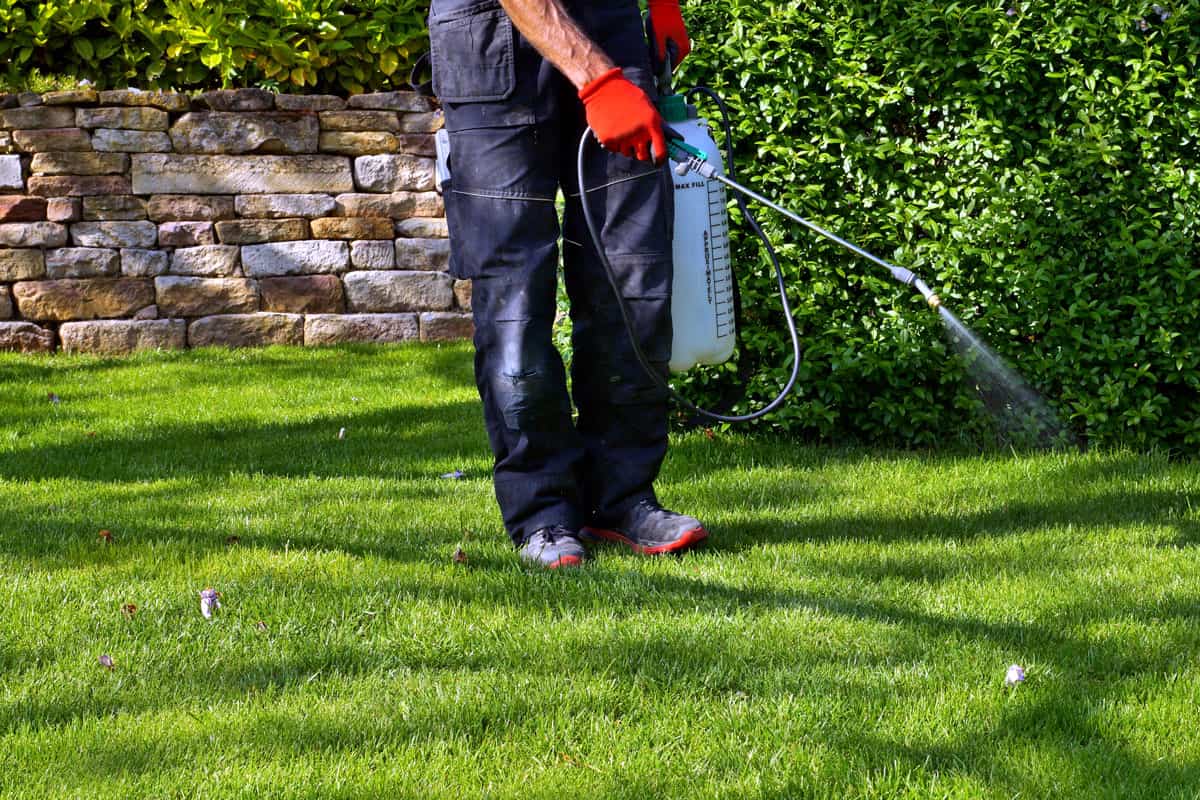
Before the first anticipated frost in your area, preparing your Kentucky bluegrass for six to eight weeks in your region would be best.
Pennington UltraGreen 22-0-14 is the product that we recommend you use to fertilize your Kentucky bluegrass and take action against broadleaf weeds.
In addition, you have to wait until spring before applying fertilizer in your freshly sown or overseeded areas. Instead, we highly recommend doing spot-treatment on the grass weeds.
Seeding and Overseeding
In this area of plant care, you should utilize Pennington Smart Seed Kentucky Bluegrass Grass Seed and Fertilizer Mix 45 days prior to the frost date of the first fall on fresh lawns or overseeded Kentucky Bluegrass lawns.
Keep in mind that if you do the seedings late, they will be more susceptible to damage during the winter.
Watering
Every 10 to 14 days, we suggest you lessen watering your established lawns to 1-inch.
Aeration and Dethatching
Kentucky Bluegrass readily grows thatch because of its expanding development. The effects of drought are amplified by excess thatch. And that factor will raise the danger of having brown patches and other grass diseases.
Your Kentucky bluegrass lawn may require dethatching every year or two. However, that will depend on how you maintain it in terms of mowing and lawn maintenance. Lastly, aeration will help soil compaction and oxidation, which will permit the roots to absorb every available nutrient.
Leaf Control
It would be best to rake or mulch the fallen leaves on your lawn to prevent them from covering your Kentucky bluegrass.
From December To January
Yard Watch
Keep pebbles and sticks from your Kentucky bluegrass during the winter. Keep an eye out for potential deicing salt problems in the neighboring roadways and sidewalks.
Tool Maintenance
It would be best to repair all your lawn equipment during the off-season to prepare for the early spring,
Late-Winter Flush
Flush sections of your lawn susceptible to damage from pet pee or deicing salts with water as it thaws. It aids your Kentucky bluegrass in getting ready for quick spring adjustments and repairs.
Summary

Kentucky bluegrass might be the solution to your dreams of a lush, hardy, cool-season lawn with rich color. But in order to achieve that, you have to take care of it properly.
We hope you find this post helpful. Please watch out for more articles coming in! You can depend on better research and better outcomes from us. Thank you!





![man replanting herb with yellow flowers for use in landscaping. 15 Perennials That Absorb Water [Incredible Choices For Foundation Landscaping]](https://landscapingbase.com/wp-content/uploads/2022/09/man-replanting-herb-with-yellow-flowers.-15-Perennials-That-Absorb-Water-600x400.png)
![Big custom made luxury house with nicely trimmed and landscaped front yard, South Facing Front Yard Landscaping Ideas [17 Ideas To Increase Your Curb Appeal]](https://landscapingbase.com/wp-content/uploads/2022/09/BIGCUS1-600x400.jpg)
